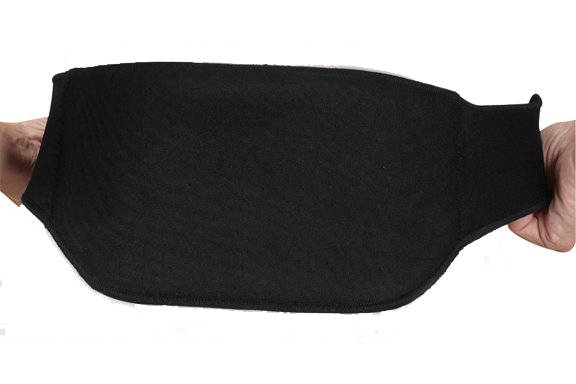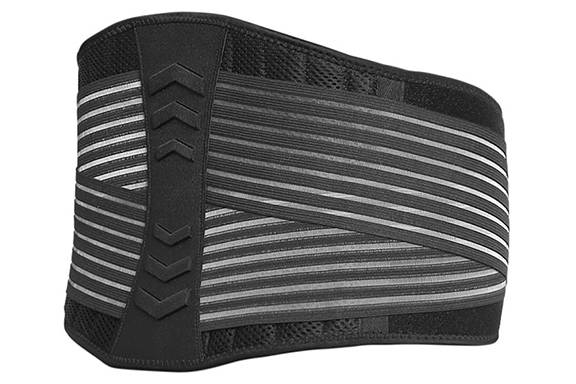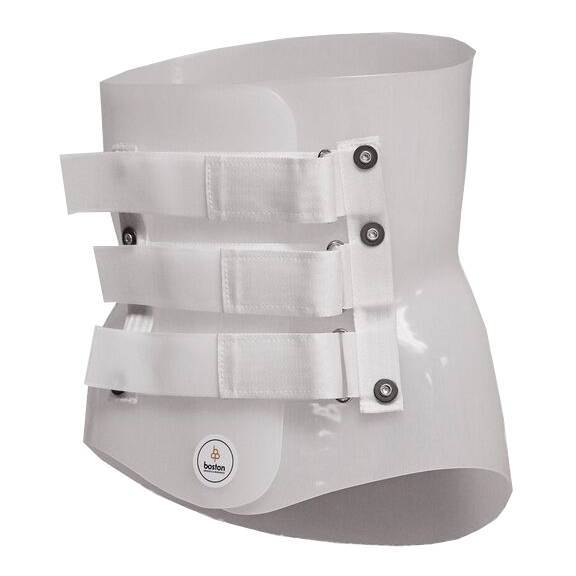Maintaining good posture is crucial for preventing and managing back pain, but it can be challenging to do so consistently. One solution is wearing a back brace, which can support and help improve alignment. However, using a back brace correctly is important to avoid exacerbating any underlying issues.
Often prescribed as a back brace for scoliosis, these braces use specialized materials that conform to the curve of the spine, providing a snug fit and maximum support. Custom-molded braces are typically more expensive than other types but can be very effective for people with scoliosis or other severe spinal deformities.
Many people, especially those who work at a desk all day, may suffer from poor posture habits that lead to pain in their back or neck.
Here are the top reasons to consider wearing a back brace:
Choosing the right back brace can be a crucial step in improving posture and reducing lower back pain or discomfort. There are several types of back braces available, each designed to address specific conditions and provide different levels of support.
Here are the 3 most common types of back braces:

Also known as soft braces, flexible braces are a useful way to manage mild back pain or discomfort caused by poor posture or minor injuries. Made from materials such as elastic, neoprene, or spandex and adjustable for a comfortable and secure fit, they compress the affected area reducing inflammation and supporting muscles to help achieve proper alignment.

Rigid back braces are typically made from materials such as plastic, metal, or carbon fiber and are secured to the body using straps or buckles. They are used to treat serious back problems that require immobilization of the spine, such as spinal fractures or herniated discs, and limit movement in the affected area while promoting healing and preventing further injury.

Custom-molded back braces are specifically designed and molded to fit the individual wearer's body shape and spinal curvature. A healthcare provider takes a mold of the wearer's torso and spine, which is then used to create a brace that provides precise support and correction while being comfortable to wear. As such, these braces improve posture and alleviate pain by distributing pressure evenly.
Wearing a back brace can be an effective way to manage pain, improve posture, and support your spine. However, to get the most out of your brace, it's important to ensure that it is both comfortable and properly aligned. Here are some tips to help improve comfort and alignment when wearing a back brace:
As a general guideline, it is recommended to wear a back brace for no more than 4-6 hours per day, taking breaks throughout the day to allow your back muscles to move and stretch.
It's important to follow the directions of your healthcare provider when using a back brace and pay attention to any discomfort or changes in posture. If such signs arise, take a break from the brace or reduce use gradually. Be sure to communicate any concerns with your healthcare provider so you can make use of the brace effectively and safely.
For added comfort and stability, we recommend the Koprez Back Support Brace. With adjustable straps, breathable fabric, and a contoured fit designed to provide superior lower back coverage and support, the Koprez Back Support Brace is ideal for both long-term posture correction and short-term pain relief. Try it today to start on the path to improved posture and greater comfort.